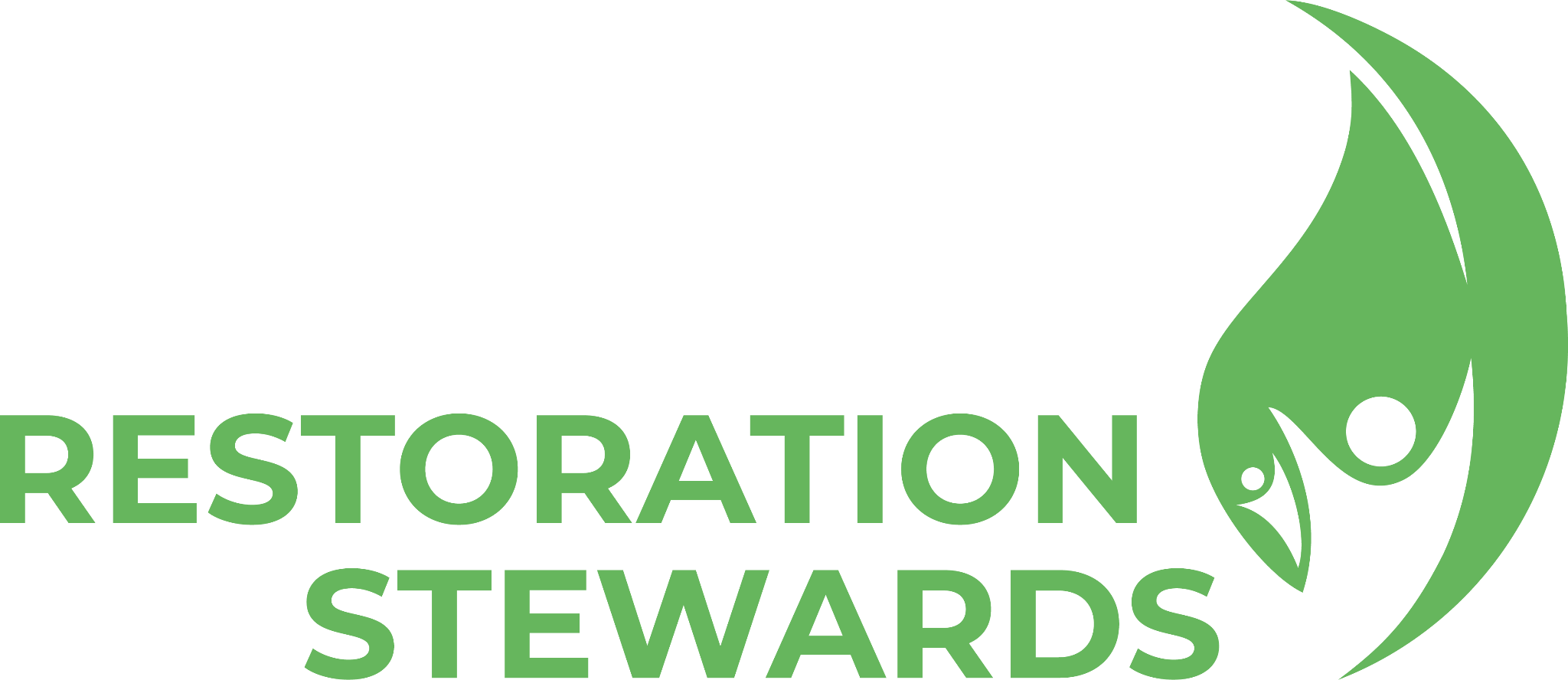Capacity building for fishing communities: Planting the right species in the right areas and letting nature run its course
Restoration work is not just about planting mangroves or other seedlings in an ecosystem. It is also about building capacity for the people who will benefit from the services of the restored landscape. This is one of our objectives as wetland restoration stewards. We emphasize the need to identify species in the area, to understand the biology of the mangroves, and to share best practices. We also aim to improve the people’s understanding of mangrove ecology by pointing out why restoration work fails in some other areas of the Philippines.
Last July 27, we trained 30 community members from eight fishing communities – including local government representatives – in community-based ecological restoration. This was conducted in partnership with the Mangrove Action Project (MAP) and facilitated by Dominic Wodehouse. It was a novel experience for both organizations, with face-to-face meetings and Zoom conferences in the same training session. There were also some unexpected occurrences, as we faced power outages, the temporary loss of our Internet connection, and even heavy rain during the training. We improvised by using three laptops and arranging the participants in three different groups. Luckily, there was a Bluetooth speaker connected to all three laptops so that all participants could be heard! This improvisation is necessary when conducting training with communities as digital technology isn’t accessible to everyone unless someone is facilitating on the ground.
All participants received a mangrove identification sheet as homework to identify the species they have in their respective local areas. Even though they had engaged in numerous planting activities in the past, one community member said they hadn’t learned that each species has its own distinct habitat in which it wants to live. This has been the challenge in most areas of the Philippines. Restoration work is often misguided, especially when it comes to planting the wrong species in the wrong areas with the wrong densities. This eventually leads to high failure rates, with only 10%–20% of plants surviving!
Mangrove ecology training is our first step before doing any restoration work. We must identify the correct species and the appropriate planting areas. When we fully understand this, the restoration efforts will not be in vain as other species of mangroves will thrive when the planted mangroves create a conducive environment for others to settle in. We also ensure that community members are included in the process because they must benefit from the work we do.
After all, the ecosystem services that mangroves provide benefit the communities today and will do so in the future.










